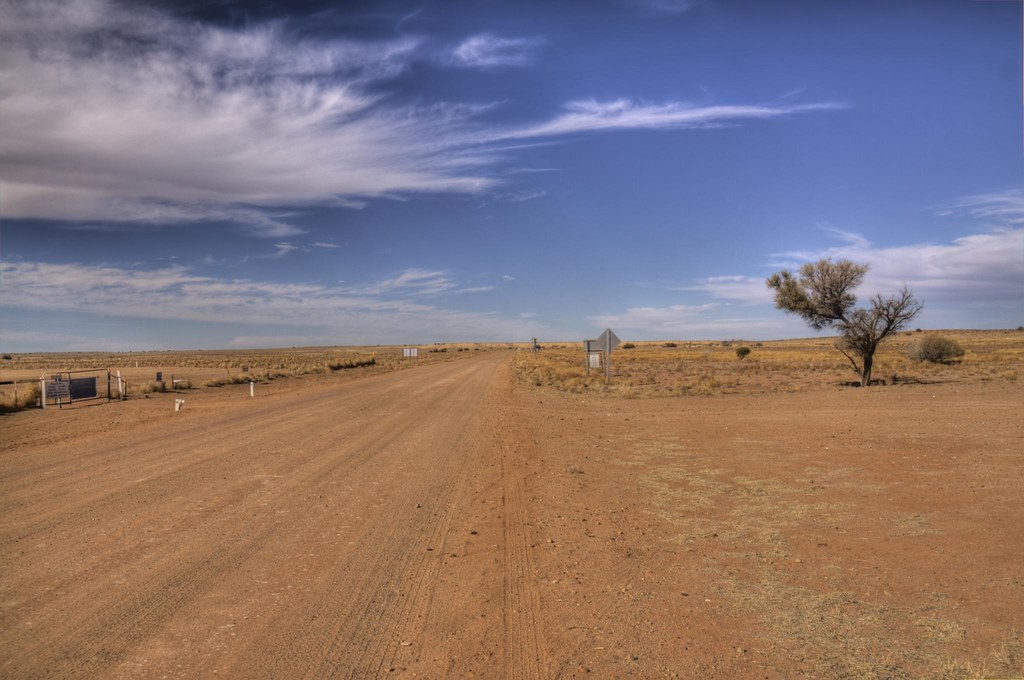This Saturday, Lismore in North NSW is forecasted to reach 33°C while Sydney is forecasted to reach 25°C. Brisbane is forecasted to reach 37°C on Saturday and 33°C on Sunday.
The average maximum temperature in August is roughly 21.8°C in Brisbane, Queensland.
A Bureau of Meteorology meteorologist said, “We’ve got temperatures well above average across much of Queensland for the upcoming weekend.”
“More likely than not spring and into early summer will remain above average for the most part.”
In South Australia, Oodnadatta reached 39.4°C — roughly 16°C above average — which is the hottest temperature recorded for August.
According to ABC, the temperatures that will occur in the following week will likely continue to break records. On a global scale, 2024 has been predicted to be the hottest year.
From 1844 to 2011, more deaths in Queensland occurred due to extreme heat than deaths caused by natural disasters such as floods, cyclones, landslides, and bushfires.
Research explains that “heat-related deaths are the result of prolonged exposure to ambient heat, which can cause heat exhaustion, cramps, heart attacks and stroke”.
A report by the AIHW indicates that each year hospitalisations due to extreme heat increase.
Scientific studies have shown that heatwaves and temperature records are more likely to occur due to human-driven climate change and greenhouse gas emissions — predicted to have gained momentum during the First Industrial Revolution.
Greenhouse gases contribute to poor air quality, respiratory disease, food supply disruption, and concerning weather.
In response to climate change, the Australian Government has vowed to reach net zero emissions by 2050.
Queensland has implemented a flat rate of 50 cents for public transport fares. Dr Mark Limb, a lecturer in Urban Regional Planning, acknowledges Australia has a long way to go with improving interconnected services.
According to the World Resources Institute, efficient public transport can help reduce greenhouse gases.
On a national scale, Australia has implemented the Australia’s New Vehicle Efficiency Standard and is working to reduce emissions.
Meanwhile, Climate Analytics suggest Australia is unlikely to achieve the net zero target by 2050.






